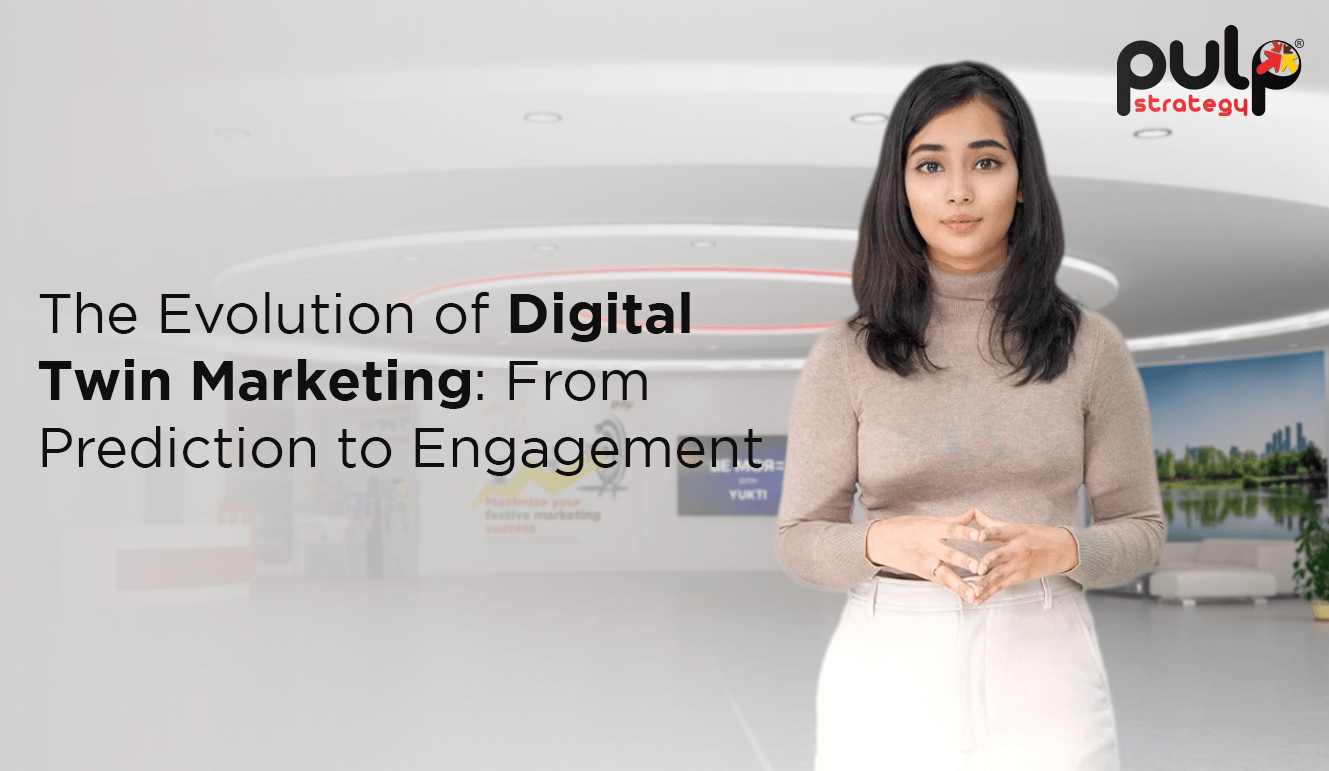In this ever-revolutionizing digital content industry, the quest to transform content seems never-ending. As CMOs strive to consistently reconstruct content, digital content transformation emerges as the victorious solution.
Content serves as the fuel that drives the digital industry, where ideation, design, and craftsmanship come together to create the final product for consumers. However, old-fashioned content merely crawls its way into the hearts of a progressive and informed audience that seeks not just upbeat information, but also customized experiences. This is where the need for digital content transformation arises, as it involves reimagining outdated and monotonous content into new, versatile, and reusable forms.
CMOs understand the ever-increasing expectations of consumers and the challenges they pose to traditional norms within organizations. Striking the right balance between meeting consumer needs and optimizing digital content to align with a brand's voice and beliefs is crucial. Through digital content transformation, agencies aim to seamlessly adapt to market trends, remain relevant, and continue to revamp outdated formats into fresh assets that deliver intellectual content at scale.
Now, let's address the important question: What problem does digital content transformation solve, and is it truly necessary?
As industries, companies, and agencies experience rapid growth, the demand for more content, creativity, uniqueness, and brand voice intensifies, along with the need for digitization. However, these goals must be achieved at the same or lower production cost. Optimistic CMOs and marketing leaders are diving deep into market capabilities to find ways to maximize output while minimizing expenses. Achieving this goal with outdated content is incredibly challenging. Why? Because it fails to resonate with the consumer mindset, it is difficult to decipher, and it lacks the transparent yet engaging language that represents a brand.
Themes will only leave a lasting impact on viewers when they are transformed to meet their specific needs, not just once, but every single time. The distinction between the quality delivered by outdated and new-age content becomes apparent when only the former is replaced. Otherwise, the message falls flat.
Now, let's explore what truly works in the upcoming marketing world.
Hello AI! Artificial Intelligence (AI) is not alien to any category of commerce. Its introduction has accelerated content production, enhancing both quality and quantity. AI simplifies the complex task of fetching data, which is crucial for digital content production. However, it is important to strike a balance and avoid excessive dependency on AI, as it can make content appear fabricated and robotic. Yet, when AI is constructively involved, it can elevate digital content to new heights.
Personalization, often underrated, is the secret ingredient for creating successful digital content. While revamped content captures attention, we know that personalized content that speaks directly to the receiver, just like customized push notifications, drives customer engagement. Understanding what your viewers want to read and hear is the first step in ideating any concept. The days of one-size-fits-all approaches are long gone. Holding onto that ideology will only lead to decreased attention.
Beyond relying on a single strategy, diversifying your approach is key to digital content transformation. Just as one rule cannot apply to all employees within an organization, sticking to one rigid strategy will not yield fruitful results when reaching out to different segments of the community across different time frames. Embrace tactics that are diverse and adaptable. Let your brand's communication flow with crisp wit one day and cater to business needs another day.
In the realm of digitalization, the question arises: Should you focus on following existing trends or creating your own? The answer lies in a harmonious blend of both, with a greater emphasis on creation. Consider how your audience will perceive your brand if you merely adhere to existing trends without initiating anything new. By taking the lead and introducing a new shift, you mould the audience in your favour and establish your foundation as a significant voice.
To truly make an impact, embrace an all-inclusive approach. What happens when you scroll through the same festive illustrations with no change in format? You simply close the application. That directly affects your digital presence. Instead of focusing solely on 'content,' 'design,' or '2D illustrations,' explore various forms of digital content—such as 2D and 3D illustrations, storyboards, regional and multi-national content, and short and long-form content. Don't limit yourself to singles; embrace collectives.
In conclusion, the goal is not to do everything without expertise, but to excel in multiple areas with proficient skills. When it comes to content, the most sustainable approach is to foster a defined yet flexible structure. This structure creates a unique brand voice while adjusting to the ever-changing needs of the customer. Digital content transformation is not merely a goal, but a transformative journey that enables market experts to carefully analyze the industry and generate content that is self-renewable. This way, a brand retains its voice and continues to engage its customers as the digital landscape evolves.





